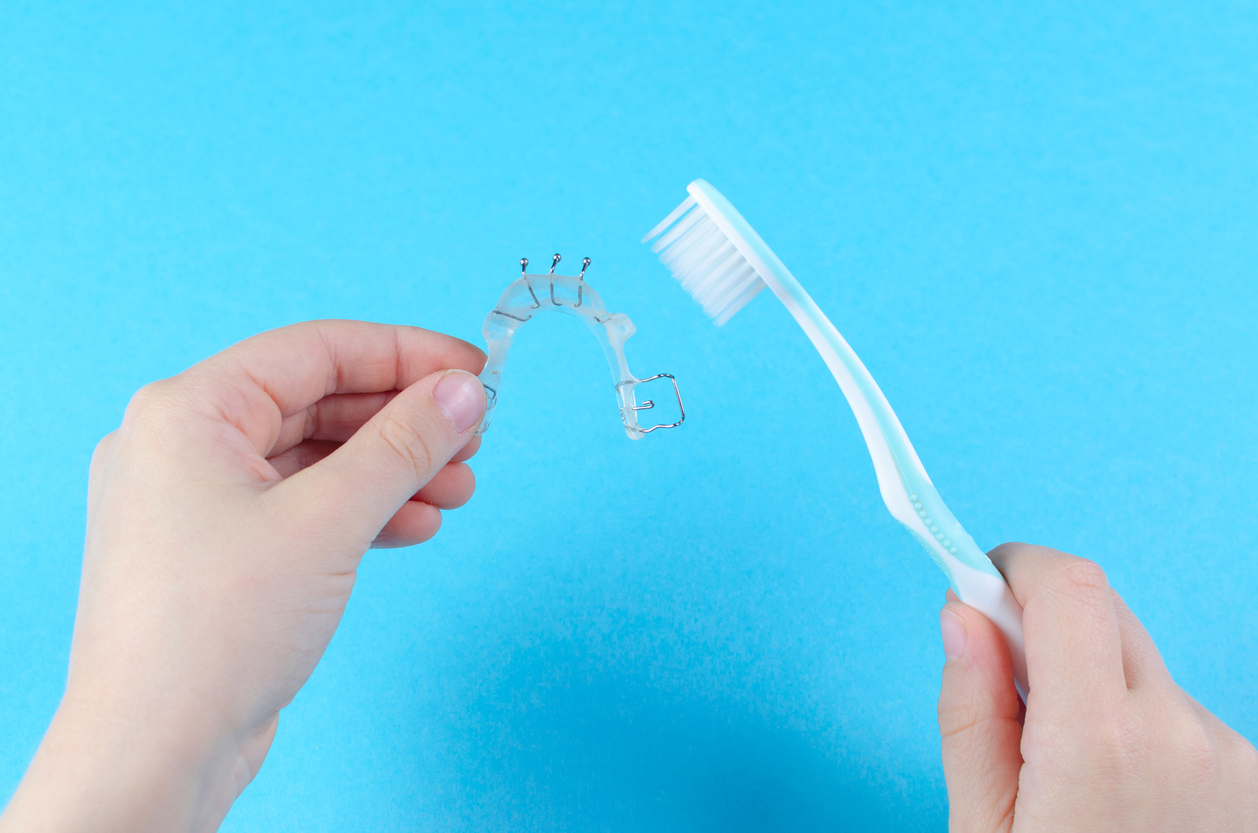Most children (and adults) will require a retainer after braces. Although a retainer might sound like an inconvenience after finally enjoying freedom from braces, retainers can make a big difference in keeping your child’s teeth in place in the long run.
What Do Retainers Do?
After orthodontic treatment like braces, your child’s teeth may continue to shift in their mouth for some time. Wearing a retainer after braces can keep your child’s teeth aligned and in place for the long-term.
With proper use and cleaning, a retainer can help prevent your child from having to have braces again later in life, as their mouth and teeth continue to grow and shift.
There are many different kinds of retainers, from removable and clear plastic inserts to devices permanently bonded to the teeth. Your orthodontist can recommend a retainer best suited for your child’s needs.
When Do You Need a Retainer?
Depending on your child’s needs, your orthodontist may recommend a retainer after their braces are removed, or as an alternative tooth-straightening method to braces.
If your child is given a removable retainer, orthodontists typically recommend that they wear it at least 12 hours a day for the first 3 months. In certain cases, your orthodontist may recommend that they wear it full-time for the first 6 months after their braces come off, including while sleeping.
After that, your child should be able to reduce retainer wear to 8 hours a day (typically just when they are sleeping). In some cases, your child may need to wear their removable retainer for up to 9 months after braces to keep their teeth aligned.
Many adults who had braces when they were younger continue to wear retainers at bedtime, or at least once a week to maintain alignment. Your orthodontist will know what’s best for your child’s needs, and will recommend the best time frame for them to wear their retainer following braces.
A Smile to Last a Lifetime
Be sure to consult with your orthodontist about when or if it’s appropriate for your child to stop using their retainer. Typically, orthodontists recommend continuing to wear a retainer at night for as long as you don’t want your teeth to move — in other words, for a lifetime!
Teeth can move quickly when not held in place by retainers, so even skipping a few days or weeks could result in their retainer not fitting properly anymore (and shifting teeth)! This can, in turn, lead to costly re-treatment.
How to Keep Your Retainer Clean
Just like brushing, keeping your child’s retainer clean is important for their oral health.
If your child doesn’t stay on top of cleaning their retainer, it can collect harmful bacteria, which can lead to plaque and infections such as strep throat. Tartar and plaque buildup can even cause their retainer to taste or smell strange, a clear indicator that it’s time to clean or replace.
While a dirty retainer can’t cause cavities, it can become a trap for bacteria growth. If your child notices any swelling, redness, or bumps in their mouth, make sure to contact your orthodontist or dentist for a checkup.
Scrubbing twice a day with a toothbrush and toothpaste and adding a splash of mouthwash will help kill bacteria and food debris from sticking around on your child’s retainer.
Most orthodontists advise to stay away from cleaners meant for dentures, as these can cause retainers to warp and break down. Instead, make sure your child cleans their retainer properly before putting them in and after taking them out of their mouth to keep germs at bay.
If you can’t seem to get your retainer clean, and it’s starting to look or smell like something you don’t want to put in your mouth, don’t despair!
Bring your retainer to your orthodontist and see if they can clean it with a special solution in an ultrasonic bath, the same way we clean our dental instruments. Often, an ultrasonic cleaner can save a retainer and add many more years to its usefulness.
Here are more simple steps to keeping a retainer clean:
Brushing
Like with teeth brushing, brushing your retainer can be just as effective at eliminating stagnant bacteria and lingering food particles.
You can scrub a removable retainer for a few minutes with toothpaste and lukewarm water. Just make sure to avoid rinsing with hot or boiling water, as this can change the shape of the retainer, making it less effective.
Steer clear of microwaves and dishwashers, as these will destroy your retainer.
Soaking
Another method to clean a retainer is to soak it.
However, chemical cleaners are not always the answer — a research study from 2017 found that chemical tablet-based cleaners weren’t shown to reduce bacteria on retainers any more than brushing with toothpaste.
If you do opt for soaking your retainer, you can soak it with a retainer cleaning tablet or lemon juice. Lemon juice helps to soften any calcium buildups and will make the retainer easier to clean with a brush. Avoid any mouthwashes with alcohol or dyes, as this can alter the plastic of the retainer.
Keep an eye on the clock while soaking — only soak the retainer for about 30 minutes, as leaving it in any liquid for too long can corrode any metal on the retainer.
Clean the Retainer Case
Another key part of the cleaning process of your retainer is keeping the case clean. Any time the retainer sits inside of the case, it’s accumulating bacteria.
Make a practice of cleaning retainers before and after use, as well as giving the case some attention with warm soapy water, and patting it dry with a paper towel.
When Do You Need to Replace Your Retainer?
Your child’s retainers are subject to wear and tear. Some retainers need to be routinely replaced every few years, while others can last decades or longer. If properly cared for, you can extend the life of your child’s retainer, saving you money and a trip to the orthodontist.
Contact your orthodontist if your child notices any pieces that are broken or missing on their retainer, or if they notice a change in their teeth alignment.
With proper attention and care, a retainer will ensure that your child’s teeth are aligned and healthy well into adulthood. Now that’s something to celebrate!

